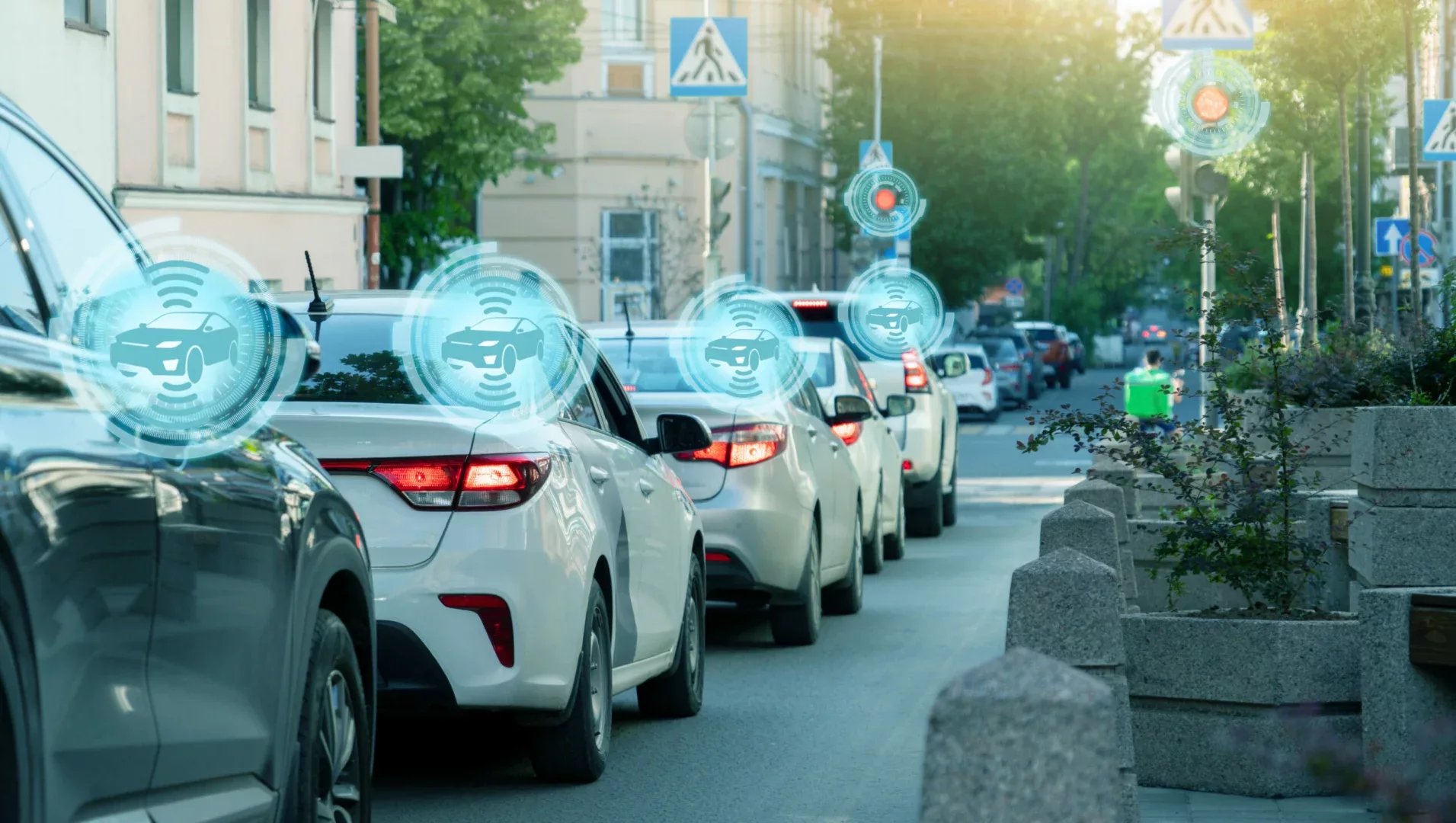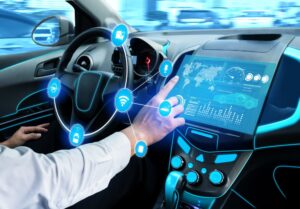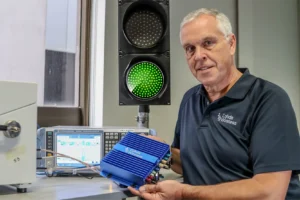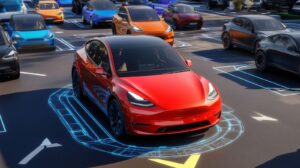The much-touted “cooperative intelligent transportation systems”, in which cars communicate wirelessly with each other and with the traffic infrastructure on the road, for example, are to be increasingly implemented in the USA. Advocates of greater road safety have been praising the potential of such systems for “vehicle-to-everything” communication (V2X) or “car-to-car communication” (C2X) for years. So far, however, little has been done in practice in this field. On Friday, however, the US Department of Transportation published a national roadmap to accelerate the introduction of this technology and save thousands of lives at the same time, says Heise.de.
Following a consultation phase lasting several months, the initiative focuses on road safety, mobility and “efficiency through technology”. US Transportation Secretary Pete Buttigieg of the Democrats spoke of a milestone that had already been reached with the presentation of the next steps along the way. He emphasized: “The Department is aware of the potential safety benefits of V2X and this plan brings us closer to nationwide deployment of this technology.” Shailen Bhatt, head of the Federal Highway Administration and formerly CEO of ITS America, emphasized that V2X has proven itself in principle and is working well.
The Department’s goal with the paper is to accelerate the deployment of secure, interoperable V2X connectivity using the dedicated 5.895 – 5.925 GHz spectrum and other available spectrum bands through collaboration and coordination between the government, public sector and industry. By 2028, at least two original equipment manufacturers (OEMs) will initially commit to equipping vehicles so that they can transmit in the targeted range. According to the plan, V2X will be in use on 20 percent of the nation’s highways by then. In the 75 largest conurbations, 25 percent of traffic lights at junctions are to be equipped for communication with vehicles. At the same time, there are to be 12 interoperable, “cyber-secure implementations”.






















